Premium Only Content
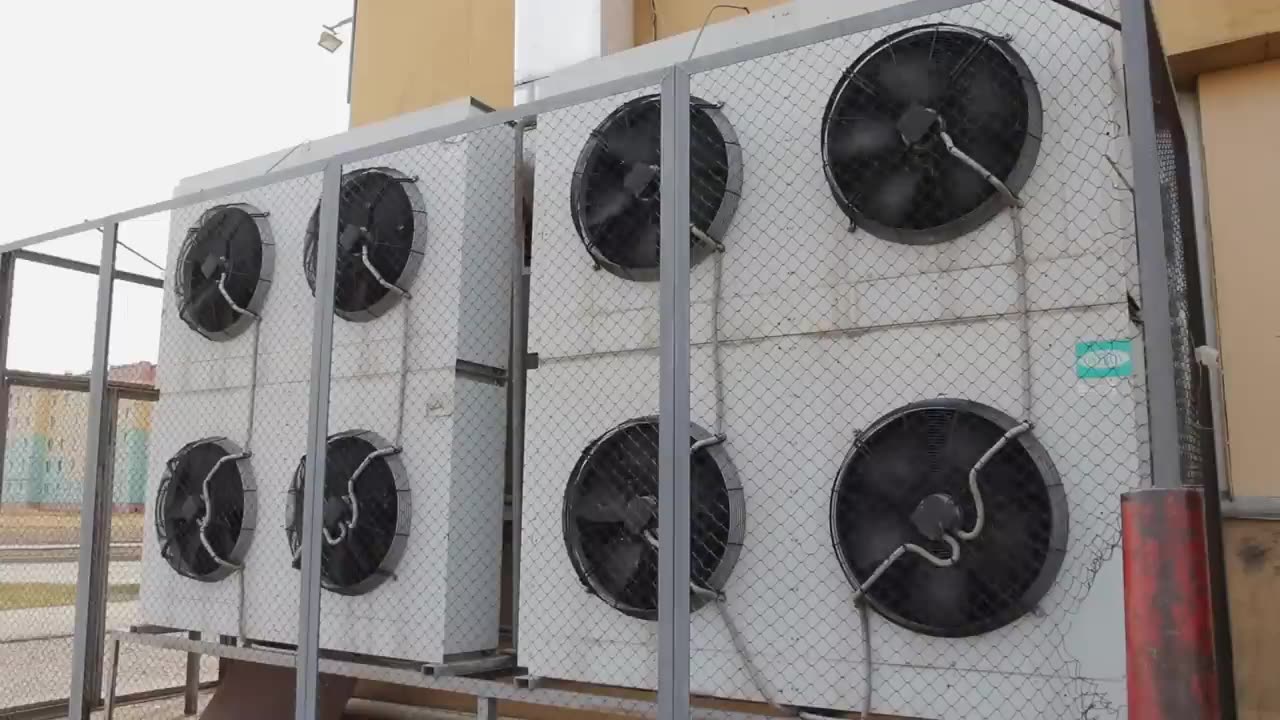
What's Going on with the Hole in the Ozone Layer We Asked a NASA Expert
The ozone layer is a region of Earth's stratosphere that absorbs most of the Sun's ultraviolet radiation. It contains high concentrations of ozone (O3) relative to other parts of the atmosphere, although still small in relation to other gases in the stratosphere. The ozone layer contains less than 10 parts per million of ozone, while the average ozone concentration in Earth's atmosphere as a whole is about 0.3 parts per million.
The ozone layer is important because it protects life on Earth from ultraviolet radiation. Ultraviolet radiation can cause skin cancer and cataracts in humans, and it can also damage plants and animals.
In the 1970s and 1980s, scientists discovered that human activities were depleting the ozone layer. This depletion was caused by the release of ozone-depleting substances (ODS) into the atmosphere. ODSs include chlorofluorocarbons (CFCs), halons, and methyl bromide.
CFCs were used in a variety of products, including refrigerators, air conditioners, and aerosol sprays. Halons were used in fire extinguishers, and methyl bromide was used as a pesticide.
When ODSs are released into the atmosphere, they break down and release chlorine and bromine atoms. These atoms can then destroy ozone molecules.
In 1987, the international community signed the Montreal Protocol on Substances that Deplete the Ozone Layer. The Montreal Protocol is a binding agreement that phases out the production and use of ODSs.
As a result of the Montreal Protocol, the ozone layer is slowly recovering. However, the ozone hole over Antarctica is still present. The ozone hole is expected to close completely by the middle of the 21st century.
We asked a NASA expert about the latest news on the ozone hole.
NASA Expert: The ozone hole over Antarctica has been shrinking in recent years, and it is expected to close completely by the middle of the 21st century. This is good news, but it is important to continue monitoring the ozone layer and to take steps to protect it.
Here are some things that you can do to help protect the ozone layer:
Avoid using products that contain ozone-depleting substances.
Recycle and dispose of ozone-depleting substances properly.
Support policies that protect the ozone layer.
By taking these steps, we can help to ensure that the ozone layer continues to protect life on Earth.
-
 57:31
57:31
Candace Show Podcast
13 hours agoBREAKING! Taylor Swift Turns Against Blake Lively & Ryan Reynolds | Candace Ep 141
235K182 -
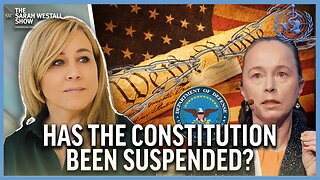 1:04:59
1:04:59
Sarah Westall
10 hours agoRFK Jr Report, Constitution Suspended, War Time Procedures in Place, WHO Exit, DOD w/ Sasha Latypova
72.9K35 -
 1:56:37
1:56:37
Melonie Mac
14 hours agoGo Boom Live Ep 35!
67K15 -
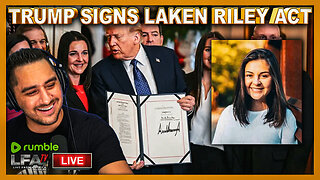 1:01:13
1:01:13
LFA TV
17 hours agoPRESIDENT TRUMP SIGNS LAKEN RILEY ACT | BASED AMERICA 1.29.25 6pm
72.5K8 -
 1:43:07
1:43:07
2 MIKES LIVE
11 hours ago2 MIKES LIVE #172 News Breakdown Wednesday!
38.8K2 -
 1:26:16
1:26:16
The Big Mig™
12 hours agoJ6’r Ryan Samsel Free At Last The BOP & DOJ Exposed
37.5K4 -
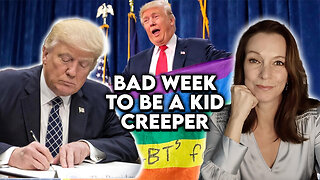 31:34
31:34
The Based Mother
12 hours ago $2.22 earnedEXECUTIVE ORDER MUTILATES GENDER IDEOLOGY! Trump’s pulling out all the stops.
25.6K10 -
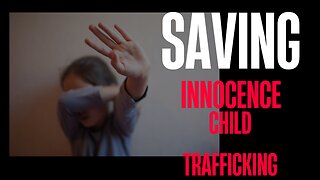 1:05:44
1:05:44
The Amber May Show
1 day ago $1.74 earnedSaving The Innocence | Rescuing Children From Rape Trafficking | Alan Smyth
26.3K3 -
 1:40:46
1:40:46
In The Litter Box w/ Jewels & Catturd
1 day agoIs the Jab Poisonous? | In the Litter Box w/ Jewels & Catturd – Ep. 730 – 1/29/2025
92.2K43 -
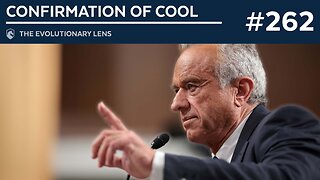 2:06:16
2:06:16
Darkhorse Podcast
16 hours agoConfirmation of Cool: The 262nd Evolutionary Lens with Bret Weinstein and Heather Heying
100K63